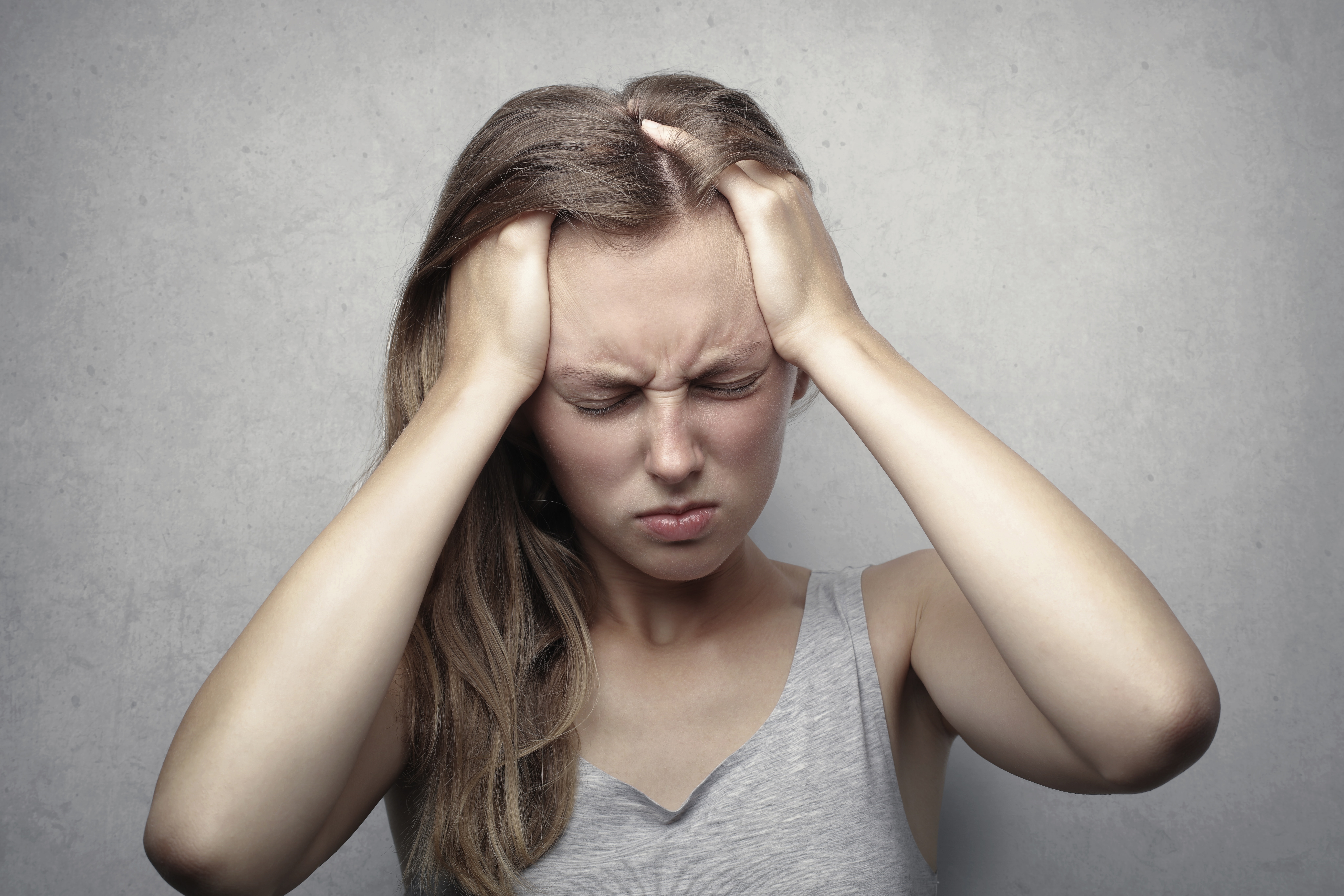8 CHILDREN’S HAIR CARE TIPS + HOW TO STOP TRICHOTILLOMANIA?
PURE KERATIN on 13th Jan 2021
Children need a great care. Every body part of a child is very tender and needs special attention.
Their hair also needs to be cared a lot. They may be scary to visit a salon. Their hair is thin and baby soft.
The key to your child’s hair care is to be encouraging; when your starts to take an interest in his own hair, it is the time to encourage him to follow good hair hygiene practices.
Here you’ll find 8 tips to take care of your children’s hair:
1) Properly shampoo and rinse your child’s own hair.
2) To instill good hair grooming habits teach your child to care for his hair. Teach your child about towel blotting, detangling, combing and brushing their hair..
3) Help them build a good hair hygiene schedule so that they learn the importance of keeping their hair clean and neat.
4) Inculcate good eating habit in your child because high quality carbohydrates and plenty of fresh fruit and vegetables are must for healthy hair. For shine and condition, a good nutrition is required.

5) Use a mild shampoo, preferably your child’s favorite color or scent, to wash his soft hair. If the shampoo that you use for your child does not sting your child’s eye he will be more willing to wash his hair.
6) Use high quality combs and brushes for your child’s hair care. Combing hair promotes shine and condition therefore you must comb your child’s hair properly. Instead of using a brush, use comb on wet hair, or else static electricity will be created, which leads to breakage.
7) Allow your child to comb his own hair.
8) Never brush your child's hair before bedtime, this will over stimulate the sebaceous glands and make the hair greasy and heavy. A quick brush to get the tangles out is enough.
9)Use some hair friendly clips and hair ties to prevent your child’s hair from following on his face.

HOW TO STOP TRICHOTILLOMANIA?
Trichotillomania is a rare yet serious psychological condition, wherein a person feels the constant urge to pull out his or her own hair.
This could result in a noticeable difference in one’s appearance, such as the emergence of bald spots on the scalp or blank hairless patches on the skin.
This condition can be self-sustaining, in the sense, that anxiety or depression may initially lead to the constant urges associated with Trichotillomania, which in turn leads to further anxiety and depression, completing this vicious cycle.
Trichotillomania Treatment
There are a few different trichotillomania treatments. But before one embarks on the journey to find the correct trichotillomania cure, you have to understand the reasons behind the disorder. Trichotillomania is one of the symptoms of OCD or obsessive compulsive behavior.
Parents of younger children suffering from Trichotillomania are encouraged to ignore the habit, as most often they grow out of it.
For the children in the pre-adolescent to adolescent phase, it is very important that Trichotillomania is diagnosed and the family understands the illness. At this stage, positive family support is very essential to breaking the habit. If a person continues to suffer from trichotillomania as an adult, then it becomes necessary to find a more permanent trichotillomania treatment.
There are a few medications that are prescribed by doctors as treatment for trichotillomania. But contrary to popular belief, any illness with psychological roots cannot be completely cured only with pharmaceuticals.
The thing about drugs is that they may have a positive uplifting effect on the body and mind as a whole, but they may not be able to control specific impulses. Prescribed drugs can be a stop-gap measure, bringing in some relief to the patient while a more permanent solution is found.

Psychotherapy in the form of cognitive-behavioral therapy or CBT is becoming widely accepted as a crucial ingredient in trichotillomania treatment.
In a very primitive way, parental intervention at a younger age is a type of CBT. But as the condition worsens, a trained and experienced psychologist or psychiatrist is the need of the hour.
The idea is that the patients mind can be re-structured by introducing new behaviors to replace the impulsive trichotillomania behavior. Many people also find that support groups are very helpful in living with and eventually overcoming the disorder.
As with most problems, there is no single treatment for trichotillomania. You have to try different approaches in order to find the right trichotillomania treatment that suits you best.



















